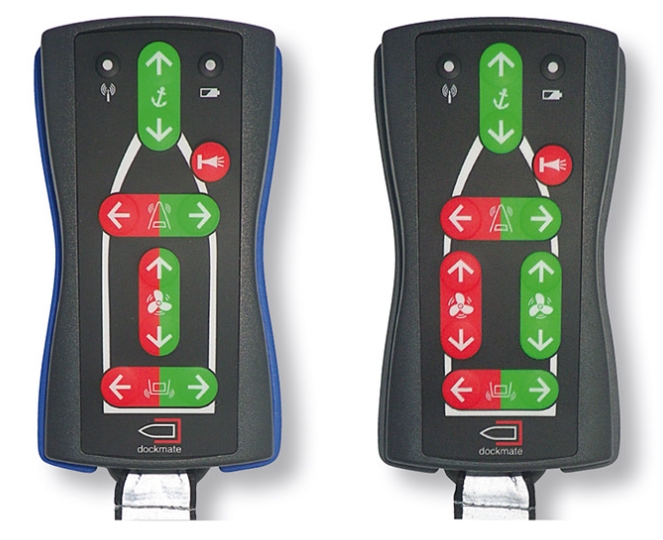
The systems are designed to place all props and thrusters into the neutral position when batteries fail.Insurance companies are closely monitoring the use of remote wireless remote controls. High-quality systems should not only offer remote control of the boat but improved control as well.Ĭontrollers are powered by built-in lithium rechargeable or standard AA/AAA replaceable batteries, and they should have visual or audible warning indicators of battery failure. In a customizable joystick, you can program the system to offer varying amounts of throttle with engine control. You might want to use bow and stern thrusters to pivot the boat with the joystick instead of forward and reverse on the engines, or you may want to select which way the anchor operates with the windlass control button arrows. Thoughtfully designed systems allow you to completely customize control settings and program switches to meet your preferences. Some systems also have the ability to control Dynamic Positioning if installed on a boat. This also enables you to lift the anchor with the windlass while thrusting sideways to stay aligned with the anchor rode while retrieving. Quality controllers allow simultaneous control of multiple items, allowing you to control a bow or stern thruster and the props at the same time. Hand-held units should also have an IP-certified waterproof rating and float, so they're easy to retrieve if they fall overboard. You must maintain contact with the switch to operate thrusters, propellers or anchor windlass. If the controller slips from your hand while maneuvering, all systems go into neutral. Well-designed units have touch sensitive switching, which requires constant contact to activate any component. This important feature relies on the boat's control systems and does not attempt to replace them. Through an electrical interface made specifically to match the boat's onboard systems, wireless remotes actually operate the boat's existing controls. This technology uses more than one frequency or rapidly switches frequency between the remote controller and base station, thereby reducing interference or the risk of losing radio connection.Ĭontrollers interface with the boat's existing control stations, as opposed to bypassing them. Look for products that use multiple band or alternating frequency transmissions. A dependable communication link between the controller and boat is foremost. When shopping for a remote docking system, consider a few important features. They now offer valuable assistance on any size boat. Wireless remote controllers are no longer just a convenient toy aboard high-end yachts. Standing near the boat's edge when approaching a pier or near the boat's stern when backing into a slip bolsters docking confidence and accuracy. A wireless remote controller eliminates that tension by freeing the captain from the helm. When you can't see the stern and sides of the boat or must rely on your mate to tell where you are can create stress when docking. What began years ago as a luxury accessory has become one of the most useful additions you could make to your boat.



#Dockmate docking system portable#
This has not only increased handling confidence among boaters, but possibly boosted boat ownership.Joystick docking is great if you're considering a new boat, but what if you love your current boat and just want to dock it easily and with confidence? The answer may well be a wireless remote docking controller essentially a portable joystick in your hand. Just move the joystick in the direction you want the boat to move and let the computer determine what to do with the props, thrusters or pod drives. Digital microprocessor technology, along with flexible thrust components, allow boaters to control their boat with previously unheard-of accuracy. To address this issue, boat manufacturers introduced joystick controls to the market. Wireless docking controllers may be the solution!Įvidence shows that distress over docking keeps some boaters from moving up to a larger boat. According to yacht insurers, boating accidents in marinas are a leading cause of insurance claims.

Anxiety over docking or maneuvering a boat within the confines of a marina is quite common for both new and experienced boaters. But nothing compares to the confidence boaters gain when they can steer a vessel in close quarters or the fear felt when they cannot. MANY BOATERS are proud to master the skill of handling a vessel at sea.


 0 kommentar(er)
0 kommentar(er)
